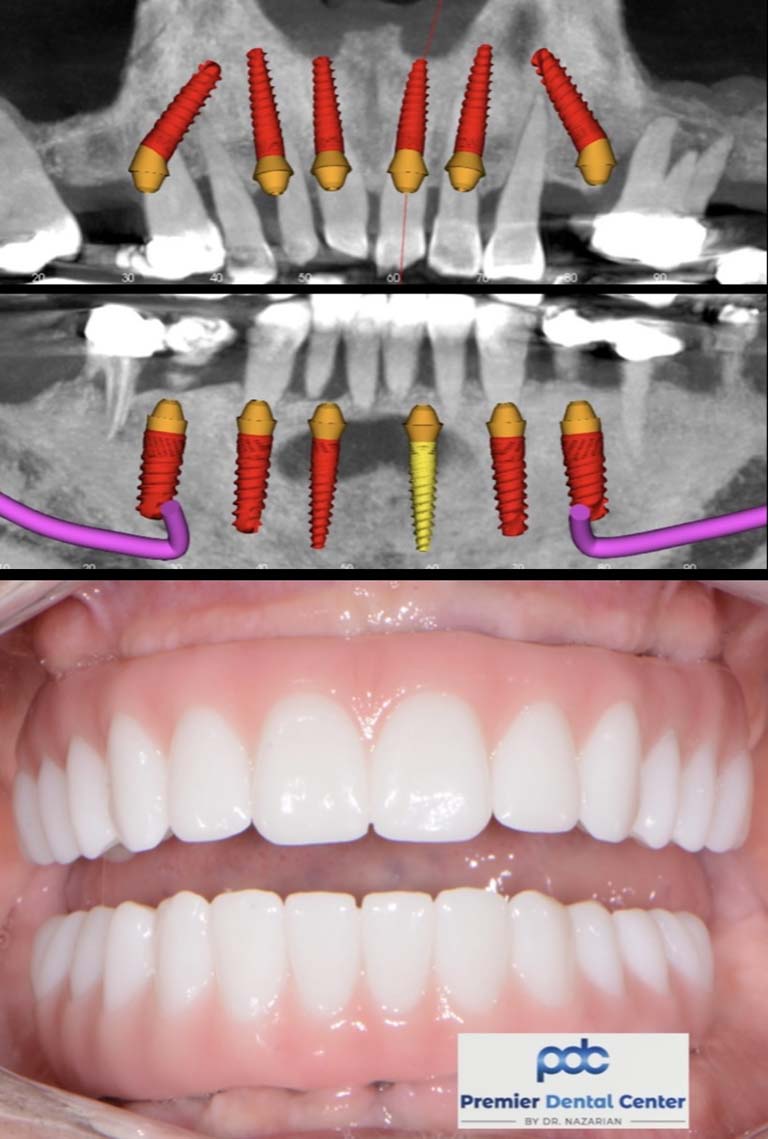Dental Sense Fundamentals Explained
Table of Contents3 Easy Facts About Dental Sense DescribedAll about Dental SenseThe 6-Second Trick For Dental SenseNot known Facts About Dental Sense
are clinical tools operatively dental implanted right into the jaw to recover a person's ability to chew or their look. They supply assistance for artificial (fake) teeth, such as crowns, bridges, or dentures. When a tooth is shed as a result of injury or condition, a person can experience issues such as fast bone loss, defective speech, or changes to chewing patterns that lead to pain.Dental implant systems consist of a dental implant body and oral implant abutment and might additionally consist of a joint fixation screw. Front tooth filling. The oral implant body is operatively placed in the jawbone in place of the tooth's origin. The oral implant abutment is normally affixed to the dental implant body by the abutment addiction screw and prolongs through periodontals right into the mouth to support the affixed man-made teeth
(https://www.blogtalkradio.com/dentalsense1)Structure of The Oral Implant System selecting oral implants, talk with your dental provider about the possible benefits and threats, and whether you are a candidate for the treatment. Things to take into consideration: Your total wellness is a vital element in identifying whether you are an excellent candidate for dental implants, just how long it will certainly require to recover, and exactly how long the implant may remain in place.
Smoking may affect the healing procedure and lower the long-term success of the implant. The healing process for the implant body might take several months or longer, throughout which time you normally have a short-term abutment in area of the tooth. the dental implant treatment: Very carefully follow the dental hygiene directions provided to you by your oral supplier.
The Ultimate Guide To Dental Sense
Implant failure can result in the demand for one more surgery to take care of or change the dental implant system. Brings back the ability to eat Brings back aesthetic look Aids maintain the jawbone from diminishing due to bone loss Protects the health of the bordering bone and gum tissues Assists maintain nearby (nearby) teeth secure Enhances lifestyle Damages to surrounding natural teeth throughout implant positioning Injury to the surrounding cells during surgical treatment, such as sinus perforation Injury during surgery (for example, crack of surrounding jawbone) Inadequate function, such as feeling like the teeth do not attack together typically A sensation that the tooth is loosened or twisting in place resulting from a joint screw loosening up Implant body failing (looseness of the implant body) because of systemic infection, which may be most likely in patients with unrestrained diabetes because of regional infection in bone and gums sustaining the dental implant body as a result of postponed healing, which might be most likely in individuals who smoke Trouble cleaning the periodontals around the implant, leading to inadequate dental hygiene Without treatment gum illness Post-surgical pins and needles because of nerve impingement or damage Constantly alert wellness treatment companies and imaging specialists that you have dental implants prior to any type of magnetic vibration imaging (MRI) or x-ray procedures.
FDA is not aware of any type of unfavorable occasions reported for MRI or x-ray treatments with oral implants. Oral implants systems are generally made from materials that adhere to international consensus criteria of the International Organization for Standardization (ISO) or ASTM International. These standards have information of what makes a risk-free product.

An oral implant is a structure that changes a missing tooth. With screw-like tools, the specialist inserts an implant right into the jawbone, and it acts as an anchor for a synthetic tooth, called a crown. A tool called an abutment attaches the man-made tooth to the oral implant. The crown is customized to fit the person's mouth and match the shade of their teeth.
Getting My Dental Sense To Work
Some individuals are not qualified for oral implant surgery. It is for dental surgeons to operate people with: intense illnessuncontrollable metabolic diseasebone or soft tissue disease or infectionIf these concerns are fixed, a person can have the surgery. In, oral doctors abstain from operating people with: If individuals with any of the above go through dental implant surgical treatment, there is a higher danger of the implant falling short.

Dental implant surgical treatment is a tailored process. It's not the exact same for everybody. Yet the following offers a basic introduction of what you can expect your dentist, dental cosmetic surgeon, periodontist or prosthodontist to do: Position the dental implant surgically. top article Offer you time to recover. Affix the article and last crown, bridge or denture.
Next, your specialist will very carefully position the dental implant right into your jaw. Lastly, your specialist will certainly reposition your gum tissues and shut the cut with stitches. If your dental implant is near the front of your mouth, your dentist will make a short-lived tooth for you to wear up until you recover. In this way, you will not have a space in your smile while you recover.
Excitement About Dental Sense
Throughout the recovery stage, your jawbone must fuse to the dental implant. This process can take anywhere from three to nine months.
When your implant heals, your dental professional can affix the abutment (little adapter message) and your final reconstruction (crown, bridge or denture). This typically takes about one hour to complete and may require a second minor surgery. You should not feel any discomfort throughout your dental implant treatment due to the fact that your copyright will utilize medication to numb your gums.